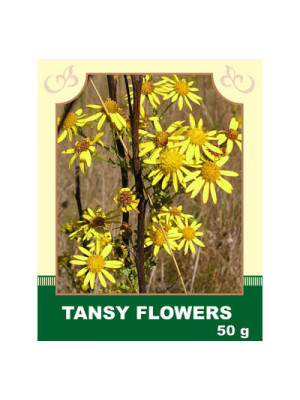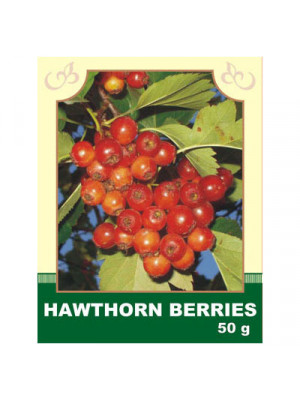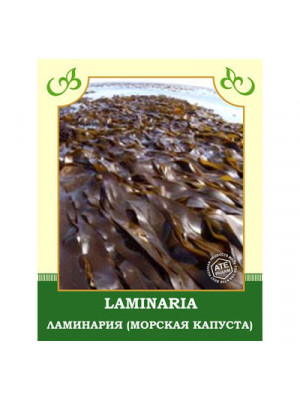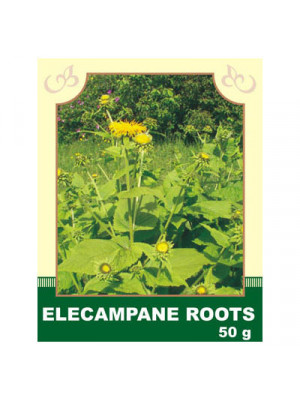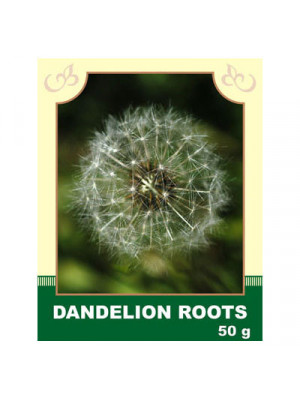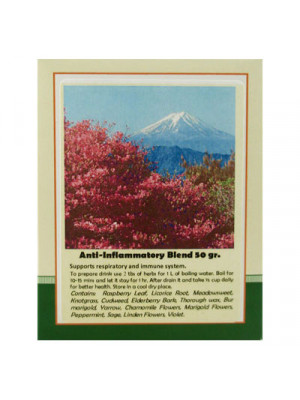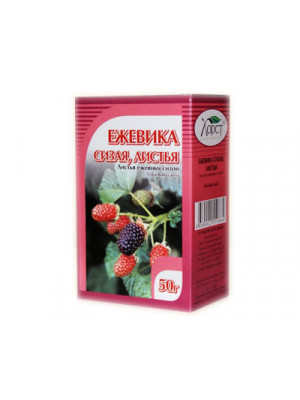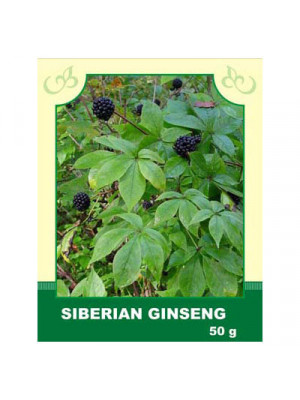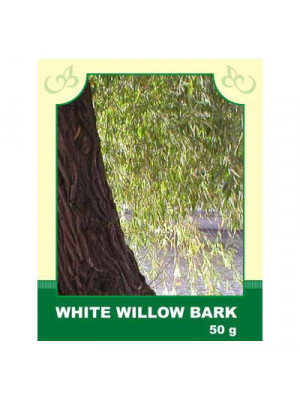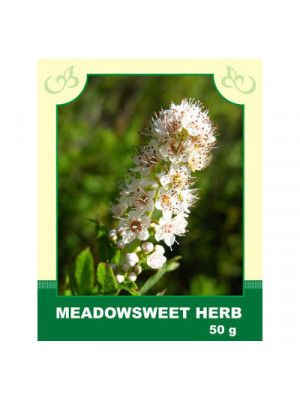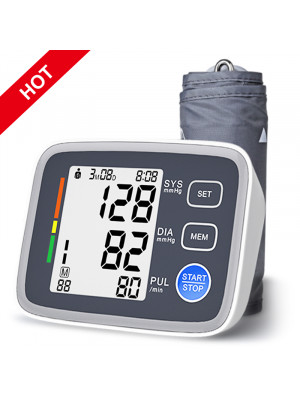Search results for 'Black Currant Leaf 50g'
Internally, it is taken as an antipyretic and sedative for cramps in rheumatism and polyarthritis, headaches, hypochondria, epilepsy; as an antiparasitic remedy for expelling roundworms and pinworms; as a cholagogue for liver and gallbladder diseases, as well as for kidney and bladder inflammations, menstrual cycle disorders, and nervous excitement.
Method of application and dosage: Decoction - 2 tablespoons of finely chopped raw material, pour 0.5 liters of boiling water, simmer on low heat for 10 minutes, let it infuse for half an hour to an hour, and drink 1/4-1/3 cup three times a day 20-30 minutes before meals.
The infusion of tansy is prepared in the same proportion. It is usually taken in 1/4-1/3 cup three times a day. In case of peptic ulcer disease, the dose of infusion and decoction can be increased to 1/2 cup per intake.
Externally, it is used for treating purulent wounds, ulcers, bruises, rheumatism, scabies, and for washing the head in case of pediculosis (lice infestation). Steep 1 tablespoon of flower heads in 400 ml of boiling water for 2 hours.
Contraindications: Individual intolerance, not recommended during pregnancy and for children of a younger age. The plant is potent, strict dosage is required.
$5.50Internally, hawthorn preparations are taken for disorders of cardiac activity, cardiac weakness after severe illnesses, initial stages of hypertension, dizziness, insomnia in cardiac patients, and climacteric neuroses.
Method of application and dosage: Tincture from hawthorn fruits is prepared on 70% alcohol in a ratio of 1:10. Take 20-30 drops 3-4 times a day before meals. A water infusion: 20 g of dried fruits are poured with 200 ml of boiling water, infused for 30 minutes (can be in a thermos), then strained. The obtained amount of infusion is taken twice: half in the morning on an empty stomach, the other before bedtime.
Contraindications: Individual intolerance.
$6.99Internally, bladderwrack is taken for the treatment and prevention of atherosclerosis and mild thyroid diseases. It is also used for constipation, acute and chronic enterocolitis, proctitis, and hemorrhoids. Bladderwrack can completely eliminate sexual dysfunctions such as female inflammation and impotence in men.
Method of consumption and dosage: Take 1 teaspoon of powder 2-3 times a day, washing it down with water.
Contraindications: individual intolerance, nephritis, tendency to bleeding, tuberculosis of the lungs, urticaria, during pregnancy, and in other cases when iodine consumption is not recommended.
$6.99Orally, it is taken for gastrointestinal and rheumatic diseases; as an expectorant for suffocation, bronchitis; as an anthelmintic, cholagogue, diuretic, and hemostatic.
Method of application and dosage: Finely chopped raw material (20 g) is poured with 200 ml of water, heated on a boiling water bath for 30 minutes, cooled for 10 minutes, strained, and boiled water is added to the original volume. Take 1 tablespoon 3 times a day.
Tincture: 50 g of elecampane roots are infused in 0.5 liters of vodka, infused for 14 days in a dark place. Take 1 tablespoon 3 times a day 30 minutes before meals. This tincture can also be used to rub joints and make warming compresses.
Externally, in the form of baths, it is applied for hemorrhoidal nodes and rectum. It is also used for gargling (in acute and chronic pharyngitis). Finely chopped raw material (50 g) is poured with 100 ml of water, boiled for 20 minutes, and strained. The resulting decoction is mixed with 50 g of vaseline. Used for application to affected areas of the skin (for poorly healing wounds).
Contraindications: individual intolerance, pregnancy, lactation, and for people with kidney and heart diseases.
$6.99Internal use:
Take internally as an appetite stimulant and digestive aid, as well as for deworming, as a cholagogue, and as a mild laxative for liver diseases, spleen conditions, gastritis, chronic constipation, hemorrhoids, and inflammatory conditions of the lymph nodes, furunculosis, medicamentous dermatitis, and acne. It improves overall well-being, normalizes metabolism, reduces cholesterol levels in the blood, and improves blood composition in anemia.
Method of application and dosage: Pour 1 tablespoon of roots with 200 ml of boiling water, boil for 15 minutes in a water bath, infuse for 45 minutes at room temperature, strain. Bring the ready infusion to the initial volume and take 1/3 cup 3-4 times a day 15 minutes before meals.
External use:
Externally, it is applied as rubs and washes for furunculosis, acne, dermatitis, and as a whitening agent for washing the face to get rid of freckles. Pour 2 tablespoons of raw material with 300 ml of boiling water, simmer for 15 minutes over low heat, infuse until cooled.
Contraindications: Individual intolerance, acute conditions with biliary tract obstruction, increased secretion of hydrochloric acid (peptic ulcer and gastritis).
$6.99Composition: raspberry leaves, licorice, knotweed, yarrow, peppermint, common madder, sage, lobaznik, marsh cinquefoil, elderberry fruits, tansy, lime blossom, chamomile, calendula, violet.
Infusions and decoctions have anti-inflammatory, antipyretic, and analgesic effects without causing side effects.
$6.99Blackberry Leaf in Medicine
Blackberry leaf, derived from the popular blackberry plant, has been used for centuries in natural medicine for its numerous health benefits. From treating diarrhea and inflammation to boosting the immune system, blackberry leaf has gained recognition for its medicinal properties.
Anti-Inflammatory Properties
Blackberry leaf is known for its anti-inflammatory properties, making it a popular remedy for treating inflammation in the body. Whether it's joint pain, sore muscles, or digestive issues, blackberry leaf can help alleviate the discomfort associated with inflammation.
Diarrhea Relief
One of the most well-known uses of blackberry leaf is its ability to treat diarrhea. The astringent properties of blackberry leaf can help to reduce the frequency and severity of diarrhea, providing much-needed relief to those suffering from this common ailment.
Immune Boosting
The high content of antioxidants in blackberry leaf makes it a powerful immune-boosting herb. Regular consumption of blackberry leaf tea or supplements can help strengthen the immune system, making the body more resilient to infections and illnesses.
How to Use Blackberry Leaf
Blackberry leaf can be used in a variety of ways, including brewing a soothing tea, creating a tincture, or using it in a topical application for skin conditions. For those interested in reaping the benefits of blackberry leaf, it's important to consult with a healthcare professional to ensure safe and appropriate usage.
Conclusion
Blackberry leaf is a versatile and powerful herb that has been used in traditional medicine for generations. With its anti-inflammatory, diarrhea-relieving, and immune-boosting properties, blackberry leaf is a valuable addition to any natural medicine cabinet.
$7.99Internally. This remedy improves overall well-being, reduces cholesterol levels in atherosclerosis with predominant involvement of the aorta and coronary vessels. It creates a favorable background for various cardiovascular diseases, rheumatocarditis. It enhances mental performance, reduces fatigue during physical exertion, improves hearing and vision, is beneficial for mild forms of diabetes, and aids in enhancing male potency.
Method of use and dosage: Roots in a 1:1 ratio are infused in 40% alcohol, infused for 2-3 weeks, strained, and taken at a dose of 15-20 drops 2-3 times a day 30 minutes before meals in the first half of the day.
Contraindications: Individual intolerance, arterial hypertension, myocardial infarction, hypertensive crises, febrile conditions, acute infectious diseases.
$6.99Internally, the decoction is taken for headaches, neuralgia, various forms of neurosis, rheumatism, gout, colds, indigestion, inflammatory processes in the intestines and stomach, jaundice, liver and spleen diseases (if overloaded with large doses of toxins), diarrhea, diseases of the urinary tract, gynecological and infectious diseases, and internal bleeding.
Method of application and dosage: Steep 1 teaspoon of bark in 200 ml boiling water, let it infuse until cool, strain, squeezing out the plant material. Bring the resulting infusion to the initial volume with boiled water, and take 1 tablespoon 4-5 times a day.
Externally, willow bark is used as a mouthwash for stomatitis, periodontosis, angina, and inflammatory processes in the oral and throat cavity. It is also used in baths for varicose veins and for washing wounds and ulcers on the body.
Contraindications: Pregnancy, lactation, individual intolerance. It should not be used if aspirin, laxatives, cold and cough remedies, antacids, vitamins, and amino acids are used in treatment.
$6.99Internally, lovage is taken for the following purposes:
- As an anti-inflammatory, analgesic, and diaphoretic remedy for flu and high temperature;
- In gout, rheumatism;
- For hysterical seizures, severe stomach and intestinal pain;
- For hemorrhoids, dysentery, and worms;
- As a diuretic for kidney and bladder diseases;
- Effective in treating upper respiratory tract infections, skin conditions, headaches, suffocation, and heart diseases.
Method of administration and dosage: 3 tablespoons of finely crushed dry herb are infused in 250 ml of boiling water, heated in a water bath with the lid closed for 15 minutes, infused at room temperature for 45 minutes, strained, and consumed throughout the day in equal portions.
Externally, lovage is used for:
- Treating dermatosis, wounds, ulcers, and furuncles;
- For leucorrhoea, bites of snakes or rabid animals.
A ointment made from a powder of lovage roots, vaseline, and lanolin (in a ratio of 1:2:1) is used to lubricate affected areas in dermatosis and for rubbing in rheumatism.
Contraindications: Individual intolerance.
$6.99


